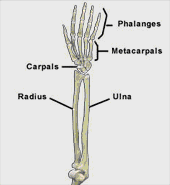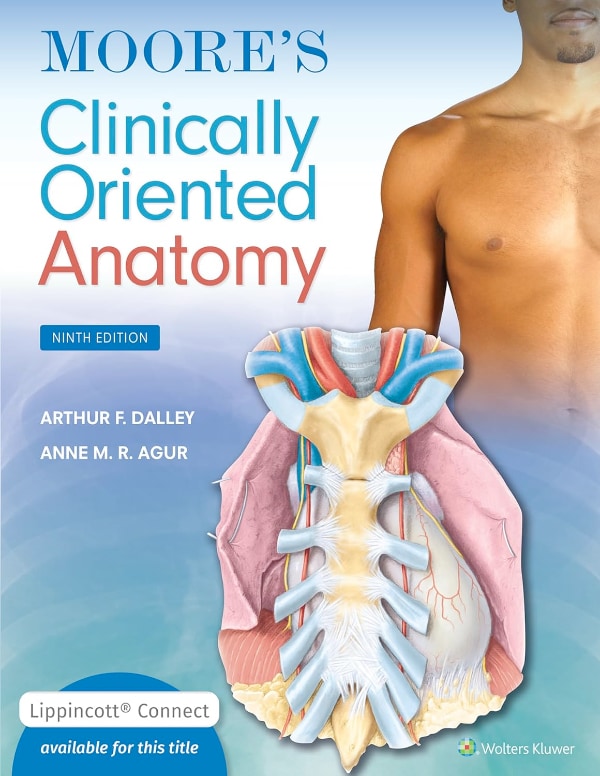This section is a review of basic hand anatomy. It covers the bones, ligaments, muscles and other structures that make up the hand. For more information on how the hand works please read the section on wrist and hand biomechanics.

How many bones are there in the hand?
There are 19 bones in the hand. There are 5 metacarpal bones and 14 phalangeal bones. The metacarpal bones are located in the palm. There is one for each of the fingers and one for the thumb. The phalangeal bones are small, slender bones located in the fingers and in the thumb. There are 3 phalangeal bones in each finger and 2 in the thumb.
The fingers and thumb are often referred to collectively as the “digits”. There are 14 small joints in the hand that allow for movement of the digits. The metacarpophalangeal (MCP) joints are the joints that allow for movement between the palm and each of the digits. The interphalangeal (IP) joints are the smaller joints between the phalangeal bones of each digit. The thumb has one IP joint and each finger has two.
What are the ligaments of the hand?
Ligaments are like strong ropes that connect bones and provide stability to joints. On the hand, there are numerous ligaments that stabilize the MCP and the IP joints. These ligaments are located on the top (dorsal), bottom (palmar), inner (medial) and outer (lateral) aspects of these joints. There are other ligaments in the palm that work in conjunction with a thick tissue located in the palm (the palmar aponeurosis) to provide stability to the metacarpal bones.
What are the muscles and tendons of the hand?
Tendons connect muscles to bone. Many of the muscles that move the fingers and thumb originate from the elbow. The tendons of these muscles cross the wrist and attach to the bones of the hand. The large muscles that bend (flex) the fingers originate from the medial aspect of the elbow. The large muscles that straighten (extend) the fingers originate from the lateral aspect of the elbow. In addition to these large muscles, there are smaller muscles in the hand that flex, extend, abduct (move outwards) and adduct (move inwards) the fingers.
What are the nerves of the hand?
Finally, the median and ulnar nerves are the major nerves of the hand. These nerves begin in the neck, run the length of the arm and into the hand. These nerves transmit electrical impulses to and from the brain to move and provide feeling to the hand.
Visit Joint Pain Info for information on other joint injuries and problems.
A recommended book for learning hand anatomy:

Moore’s Clinically Oriented Anatomy
Renowned for its comprehensive coverage and engaging, storytelling approach, the bestselling Moore’s Clinically Oriented Anatomy, 9th Edition, guides students from initial anatomy and foundational science courses through clinical training and practice. A popular resource for a variety of programs, this proven text serves as a complete reference, emphasizing anatomy that is important in physical diagnosis for primary care, interpretation of diagnostic imaging, and understanding the anatomical basis of emergency medicine and general surgery.
